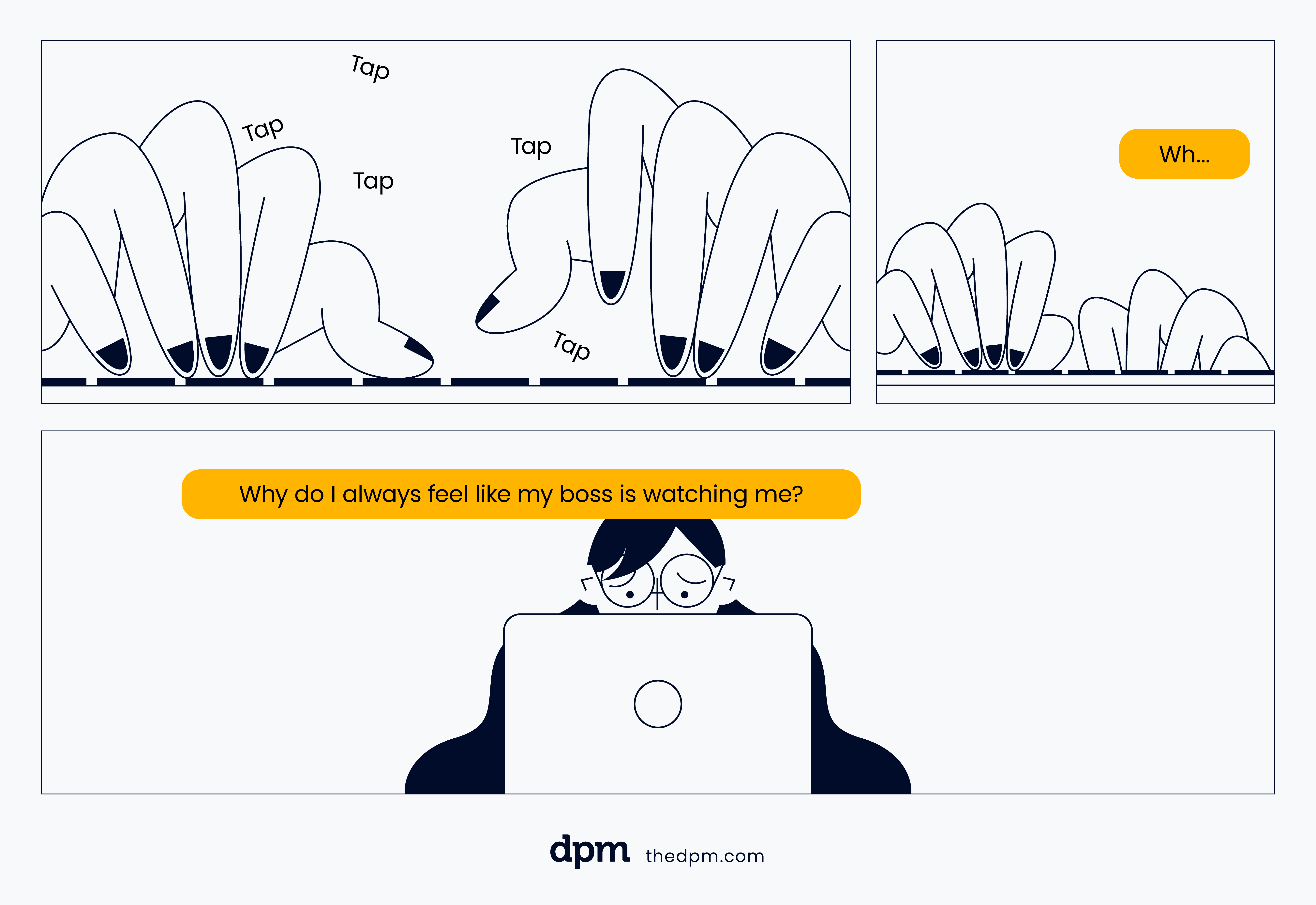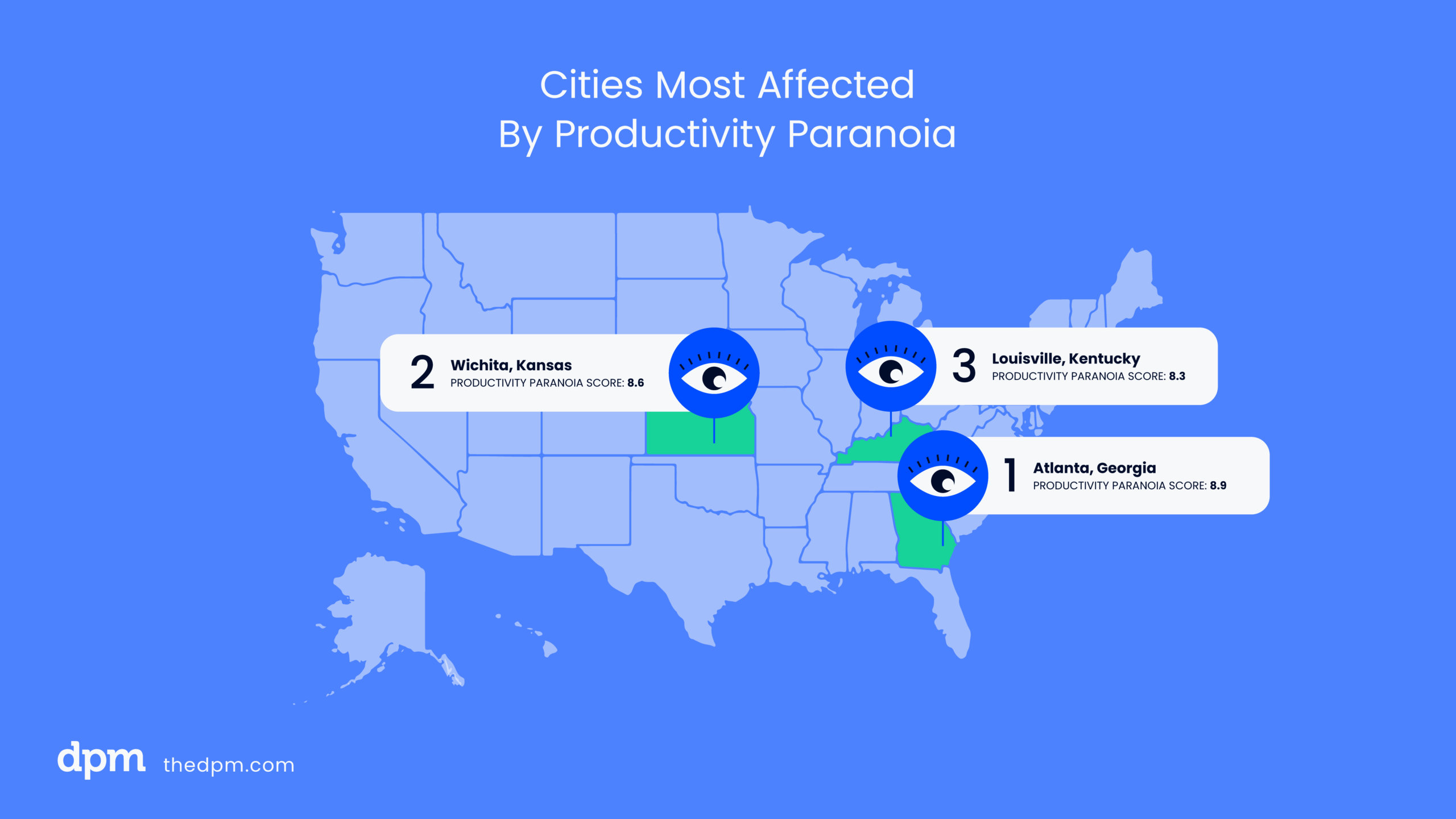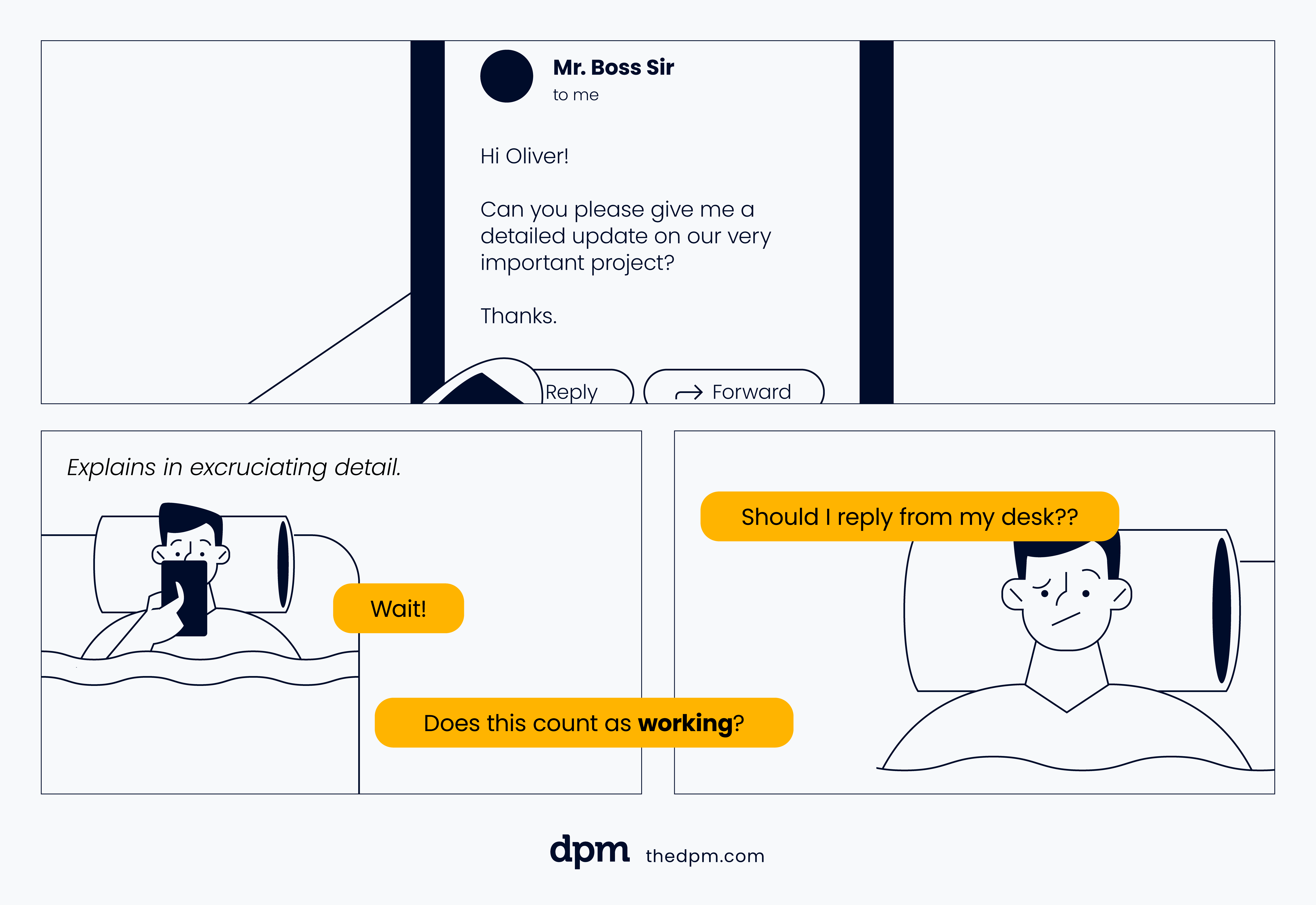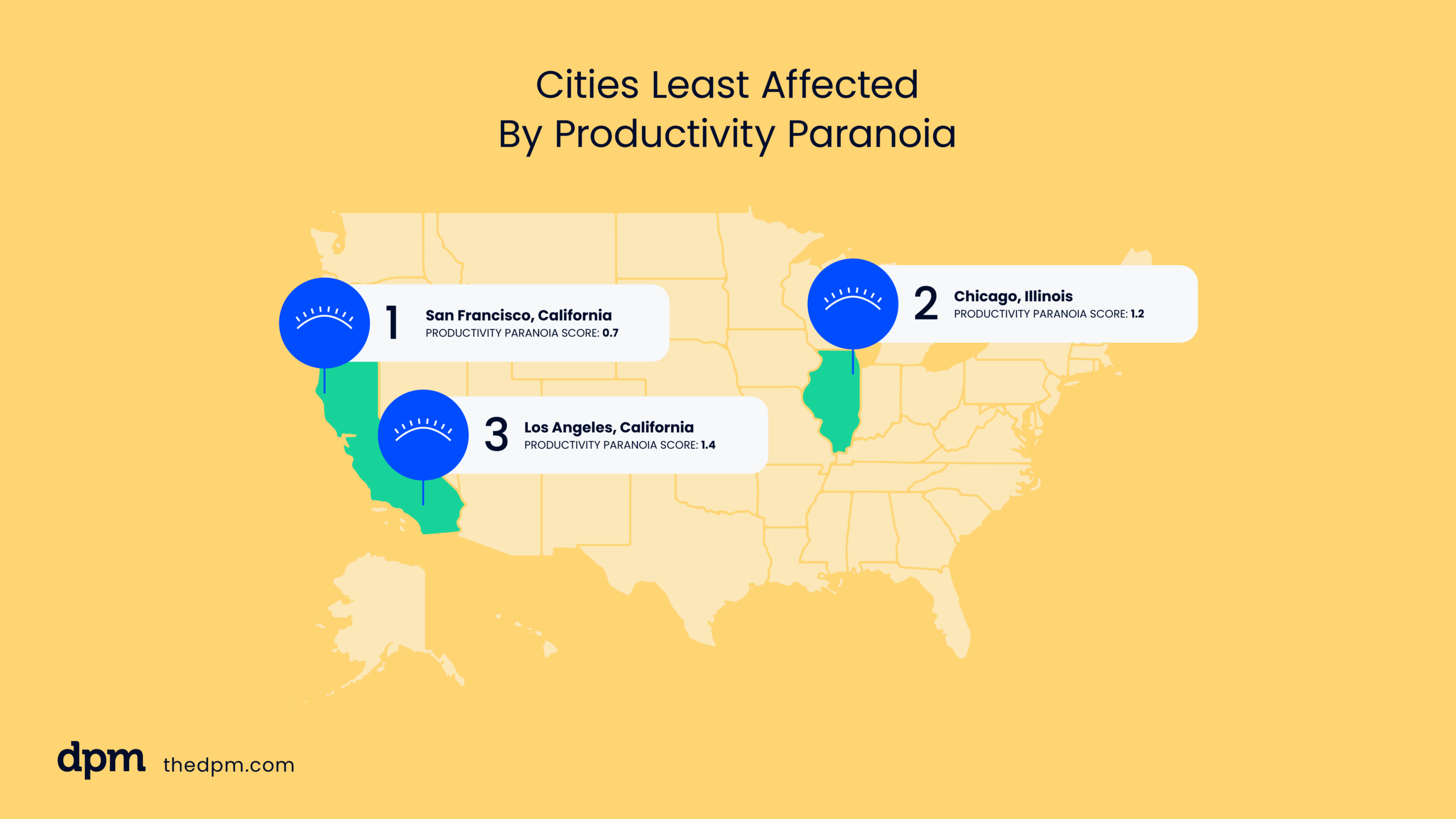After a few years of unsettled working due to the COVID-19 pandemic – which required employees to work from home, if possible – employers globally are now deciding whether to return to the office.
According to a recent report, 90 percent of companies announced they will require employees to return to the office at least part of the week in 2023, with 77 percent admitting they will change their hybrid working policy in the next year.
For one-fifth, employees will be required to return to office-working full-time, whereas 40 percent said they want staff in the office four days a week and 31 percent said three days a week.
Many people have highlighted the benefits of working remotely in the past couple of years, such as reduced travel expenses, increased energy from not having to commute, and the flexibility to make work revolve around your life, rather than the other way around.
So, what has led employers to pivot back to office-based working? Productivity Paranoia could be at least partially to blame.
I’ll cover:
What Is Productivity Paranoia?
Microsoft’s Work Trend Index: Pulse Report found that while employees have embraced a new age of hybrid working, 85 percent of employers aren’t confident that they are being as productive outside of the office – leading to ‘Productivity Paranoia’.
The tech giant defined Productivity Paranoia as where leaders fear that lost productivity is due to employees not working, even though hours worked, the number of meetings and other activity metrics have increased. Their survey found 87 percent of employees reported they are productive at work, but only 12 percent of leaders stated they have full confidence their team is productive.
There is a clear disconnect here, with some employers seemingly struggling to trust their staff and putting employees under pressure to prove they’re working efficiently when not in the office.
To discover which of the US’ largest cities have the most and least paranoid employers, The Digital Project Manager has conducted a study into the topic.
We analyzed state laws around employee monitoring, the volume of relevant Google searches, and the percentage of Indeed job adverts recruiting remote employees. By normalizing the data, we have worked out and assigned an overall paranoia score to each city studied.
Check out the table below for the full data, and read on for our detailed analysis and top tips for navigating the situation smoothly:
The Cities Most Affected By Productivity Paranoia
Our study found that the US city where employers are most affected by Productivity Paranoia in Atlanta, Georgia – with a paranoia score of 8.9 overall.
We discovered that employers in Georgia don’t legally require consent to monitor emails or calls, or to have employees switch on webcams. They are also allowed to track their employees’ location.

Looking at Google search data, Atlanta has had an average of 602 Google searches per capita (per 100 thousand people) related to employee monitoring in the past year alone. This includes queries like “monitor webcam” and “monitor employee software”.
Additionally, just six percent of Indeed adverts for jobs hiring in the area offered ‘remote work’ (3,003 out of 49,885 ads).
Wichita, Kansas, is the second city most affected by productivity paranoia, receiving a paranoia score of 8.6 overall.
Like in Atlanta, employers living in Kansas are allowed to monitor their employee’s emails and can legally require them to switch on webcams during virtual meetings.
However, one slight difference is that Kansas is a one-party consent state. This means that it is illegal to use any device to listen, amplify or record communications without consent from at least one person taking part in the conversation.
While this sounds better, it means that an employer can consent to these activities without their employees’ agreement – this is arguably just as bad as having no restrictions at all.
There have been 332 Google searches per capita related to employee monitoring in Wichita in the past year, and just over two percent of Indeed job adverts in the city allow ‘remote working’. This works out as 229 ads out of the 10,463 live at the time of the study.
In third place for the US city with the most paranoid employers in Louisville in Kentucky, with a paranoia score of 8.3 overall.

Again, Kentucky has a much more employer-friendly approach to email privacy. Employers can read emails sent to email addresses they have supplied to an employee, provided they have notified them of their intention to do so.
The same approach is taken with monitoring calls made on work telephone devices. Employees can also be dismissed for refusing to switch on webcams due to ‘at-will employment.’
Despite these regulations, there were far fewer Google searches around employee monitoring in Louisville, with just 246 searches per capita taking place in the last year. And just 2.1 percent of Louisville’s job ads are classified as remote, which equates to around 500 ads out of the 24 thousand on Indeed.
Completing the top five US cities most impacted by Productivity Paranoia are Kansas City in Missouri (paranoia score: 8.2) and Indianapolis in Indiana (paranoia score: 7.7), with employers in both locations advertising ‘remote’ work in just three percent of adverts, and the state laws not restricting email, call, or location monitoring.
The Cities Least Affected By Productivity Paranoia
The study found that San Francisco, California is the city home to the least paranoid employers, with an overall paranoia score of 0.7. Compared to Atlanta, Georgia, which we identified as the most paranoid city with a paranoia score of 8.9, this is a huge improvement.
Over 10.5 percent of Indeed job adverts located in San Francisco were classified as remote working, indicative of the city’s more trusting employers towards its 887,000-strong population.
This is significantly higher than other cities in the state such as Bakersfield, where just one percent of ads offer remote work. San Francisco workers will likely welcome the remote work on offer, as a recent survey found over 53 percent wanted to reduce the number of days they spend in the office.

Additionally, the state of California operates a ‘two-party consent’ law - it is therefore a crime to monitor employee emails and calls without consent from all parties involved.
However, employees are required to turn their webcams on at the request of their employer, and there are an average of 288 Google searches around employee monitoring annually per capita; this shows that despite being the best state of all those analyzed, employers are still interested in monitoring employees, to some extent.
Chicago, Illinois, is the second city least affected by Productivity Paranoia, with a paranoia score of 1.2. Around 5.5 percent of Indeed job adverts in Chicago allow remote working and there has only been an average of 162 Google searches per capita about employee monitoring in the last year.
Over 27 percent of Chicago’s population work in professional and business sectors. And, like Californian law, consent is required from all parties before employers can monitor emails and phone conversations in Illinois.
In fact, it seems employers in these cities have done their research before returning to office life. A survey revealed that almost six in ten workers reported being more productive working from home during the pandemic, which likely led to increased trust from senior management.

In third place is Los Angeles, California, with a low paranoia score of 1.4 and 142 Google searches per capita in the last year about employee monitoring.
Although LA is home to the third largest business district in North America, just 4.3 percent of job adverts allowed remote working (2,167 ads out of over 50,000 live at the time of this study).
Completing the top five are the Californian cities of San Diego and San Jose, taking fourth and fifth place with paranoia scores of 1.6 and 1.9, respectively. 3.7 percent of San Diego job adverts and 3.8 percent of San Jose adverts offered remote work options.
Californian cities claimed nine of the top ten places least impacted by Productivity Paranoia. It is clear from this data that California is home to the least paranoid employers in the US and could be something for jobseekers to consider if open to relocating.
This is particularly interesting as California was also found to be the US’ ‘happiest city’ in a recent study looking at income and employment.


